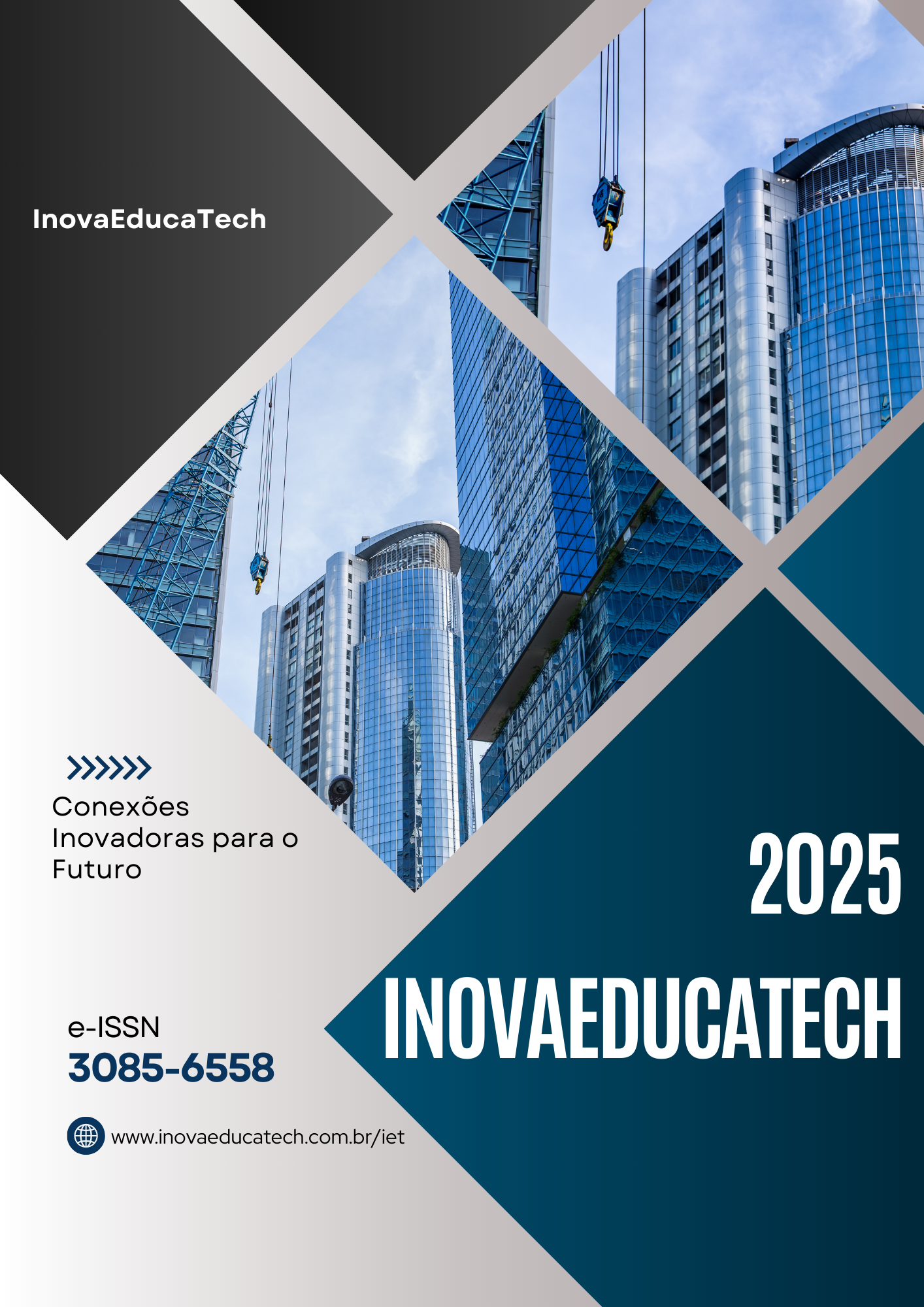School risk assessment and management: an integrated model for vulnerable educational communities
DOI:
https://doi.org/10.63103/wthfcr69Keywords:
School risk management, Rural communities, Educational resilience, Participatory evaluation, Structural vulnerabilityAbstract
The present article proposes a comprehensive methodology for risk assessment and management in rural and vulnerable educational institutions, with a focus on overcoming the limitations of standardized models. The model utilizes an innovative formula that weighs three key dimensions: hazards (natural or social), vulnerability (structural or socioeconomic), and contextual factors (geographic or cultural). This approach enables the accurate identification of risks and their adaptation to local realities. The methodology applied in the Hugues Manuel Lacouture Rural Educational Institution (Colombia) integrates a participatory approach, wherein teachers, students, and families collaborate in the co-design of mitigation and response strategies, ranging from emergency protocols to community resilience programs. The findings demonstrate that a contextualized assessment not only enhances physical safety but also fortifies social cohesion and educational continuity in challenging environments. The article's conclusion asserts that this approach, which integrates technical data with local knowledge, emerges as a pivotal instrument to guarantee safe and dignified school environments, thereby contributing to the formulation of more equitable and effective public policies in highly vulnerable contexts.
Downloads
References
Bronfenbrenner, U. (1979). The ecology of human development: Experiments by nature and design. Harvard University Press.
Brunner, J. J., & Ganga-Contreras, F. (2017). Vulnerabilidad educacional en América Latina: Una aproximación desde la sociología de la educación con foco en la educación temprana. Opción, 33(84), 11–38.
Congreso de la República. (2012). Ley 1523 de 2012. Por la cual se adopta la política nacional de gestión del riesgo de desastres. Diario Oficial No. 48.411.
Fetterman, D. (2001). Foundations of empowerment evaluation. Sage Publications.
Freire, P. (1970). Pedagogía del oprimido. Siglo XXI Editores.
Giroux, H. (1988). Teachers as intellectuals: Toward a critical pedagogy of learning. Bergin & Garvey.
Laboratorio de Economía de la Educación (LEE) de la Pontificia Universidad Javeriana. (2024). Informe No. 98. Calidad Educativa en Zonas Rurales de Colombia: Un Camino por Recorrer. Disponible en https://lee.javeriana.edu.co/publicaciones-y-documentos
Ministerio de Educación Nacional. (s.f.). Lineamientos para la formulación de planes escolares para la gestión del riesgo (PEGR). Bogotá, Colombia: Ministerio de Educación Nacional. Recuperado de https://contenidos.mineducacion.gov.co/ntg/men/pdf/lineamientos_formulacion_planes_escolares.pdf
Truong, S., Gibbs, L., & Marston, C. (2020). Education in emergencies: A critical perspective on priorities, power, and ethics. International Journal of Educational Development, 75, 102175. https://doi.org/10.1016/j.ijedudev.2020.102175
Ungar, M. (2011). The social ecology of resilience: A handbook of theory and practice. Springer.
Unidad Nacional para la Gestión del Riesgo de Desastre (UNGRD) (2010). Guía Plan Escolar para la Gestión del Riesgo. Bogotá: Ministerio del Interior y de Justicia. Recuperado https://www.gestiondelriesgo.gov.co/sigpad/archivos/GPEGRColombia.pdf
United Nations Office for Disaster Risk Reduction. (2015). Sendai Framework for Disaster Risk Reduction 2015-2030. https://www.undrr.org/publication/sendai-framework-disaster-risk-reduction-2015-2030
Downloads
Published
Conference Proceedings Volume
Section
Categories
License
Copyright (c) 2025 Author

This work is licensed under a Creative Commons Attribution 4.0 International License.
Attribution 4.0 International
By exercising the CC BY 4.0 Licensed Rights, you accept and agree to be bound by the terms and conditions of this Creative Commons Attribution 4.0 International Public License (“Public License”). To the extent that this Public License may be construed as a contract, you receive the Licensed Rights in return for your acceptance of these terms and conditions, and the Licensor grants you such rights in return for the benefits that the Licensor receives by making the Licensed Material available under these terms and conditions.
Full text at the following link:

Legal Text - Attribution 4.0 International - Creative Commons































